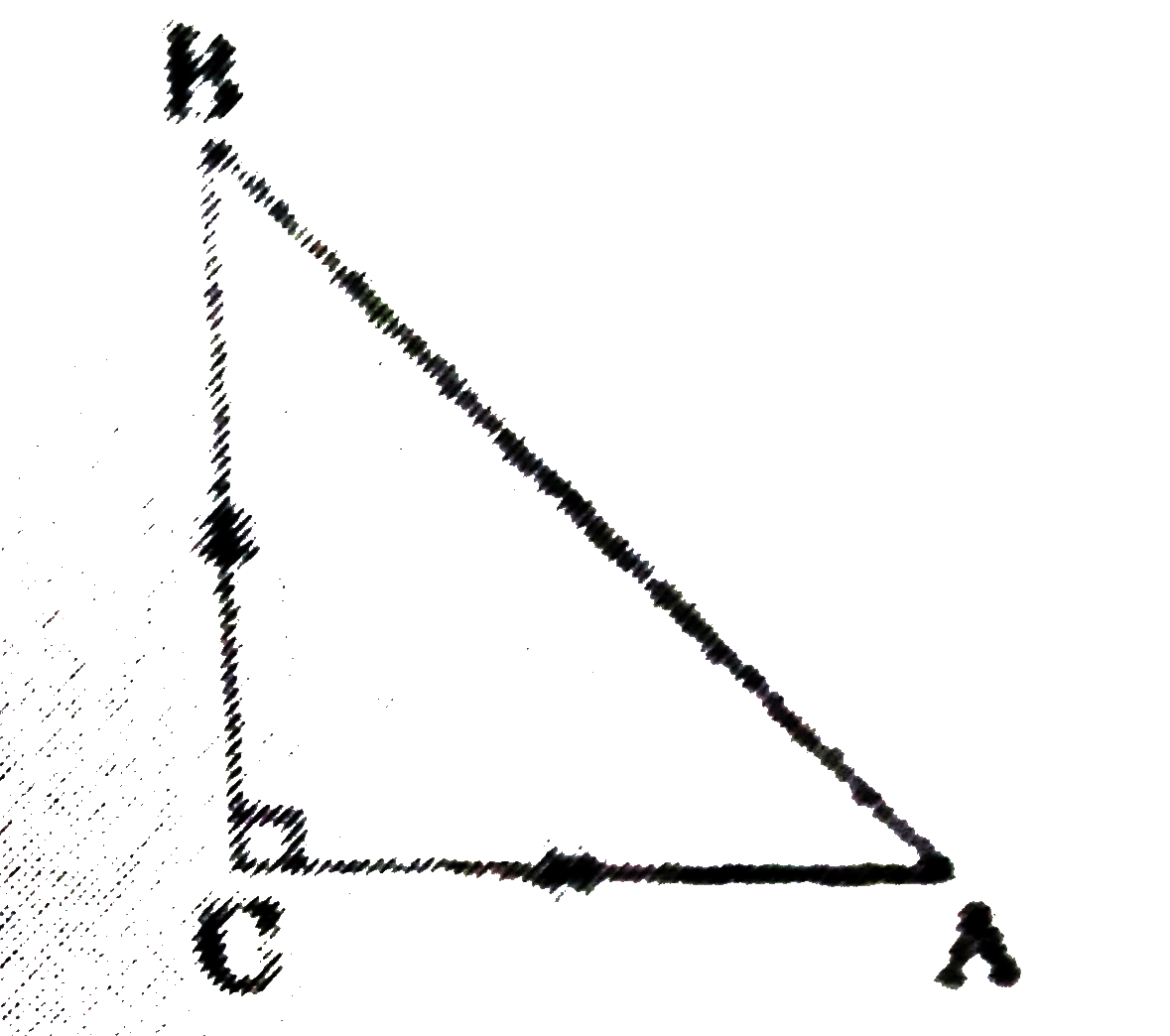Determine the type (isosceles, right-angled, right-angled isosceles, equilateral, scalence) of the triangles whose vertices are: (1,1),(−√3,√3),(−1,−1)
To determine the type of triangle formed by the vertices A(1,1), B(−√3,√3), and C(−1,−1), we will calculate the lengths of the sides using the distance formula and then classify the triangle based on the lengths of its sides.
Step 1: Calculate the distance AB
Using the distance formula:
d=√(x2−x1)2+(y2−y1)2
For points A(1,1) and B(−√3,√3):
AB=√(−√3−1)2+(√3−1)2
Calculating (−√3−1)2:
(−√3−1)2=(√3+1)2=3+2√3+1=4+2√3
Calculating (√3−1)2:
(√3−1)2=3−2√3+1=4−2√3
Now, combining these:
AB=√(4+2√3)+(4−2√3)=√8=2√2
Step 2: Calculate the distance BC
For points B(−√3,√3) and C(−1,−1):
BC=√(−1−(−√3))2+(−1−√3)2
Calculating (−1+√3)2:
(−1+√3)2=(1−2√3+3)=4−2√3
Calculating (−1−√3)2:
(−1−√3)2=(1+2√3+3)=4+2√3
Now, combining these:
BC=√(4−2√3)+(4+2√3)=√8=2√2
Step 3: Calculate the distance AC
For points A(1,1) and C(−1,−1):
AC=√(−1−1)2+(−1−1)2=√(−2)2+(−2)2=√4+4=√8=2√2
Step 4: Compare the lengths of the sides
We have:
- AB=2√2
- BC=2√2
- AC=2√2
Since all three sides are equal, we conclude that the triangle is equilateral.
Final Conclusion
The triangle with vertices (1,1), (−√3,√3), and (−1,−1) is an equilateral triangle.
---
d=√(x2−x1)2+(y2−y1)2
For points A(1,1) and B(−√3,√3):
AB=√(−√3−1)2+(√3−1)2
(−√3−1)2=(√3+1)2=3+2√3+1=4+2√3
(√3−1)2=3−2√3+1=4−2√3
AB=√(4+2√3)+(4−2√3)=√8=2√2
BC=√(−1−(−√3))2+(−1−√3)2
Calculating (−1+√3)2:
(−1+√3)2=(1−2√3+3)=4−2√3
(−1−√3)2=(1+2√3+3)=4+2√3
BC=√(4−2√3)+(4+2√3)=√8=2√2
AC=√(−1−1)2+(−1−1)2=√(−2)2+(−2)2=√4+4=√8=2√2
- AB=2√2
- BC=2√2
- AC=2√2
The triangle with vertices (1,1), (−√3,√3), and (−1,−1) is an equilateral triangle.
Similar Questions
Determine the type (isosceles, right-angled, right-angled isosceles, equilateral, scalence) of the triangles whose vertices are: (0,6),(−5,3),(3,1)
View SolutionDetermine the type (isosceles, right-angled, right-angled isosceles, equilateral, scalence) of the triangles whose vertices are: (1,2√3),(3,0),(−1,0)
View SolutionDetermine the type (isosceles, right-angled, right-angled isosceles, equilateral, scalene) of the triangles whose vertices are: (0,2),(7,0),(2,5)
View SolutionDetermine the type (isosceles, right-angled, right-angled isosceles, equilateral, scalence) of the triangles whose vertices are: (−2,5),(7,10),(3,−4)
View SolutionDetermine the type (isosceles, right-angled, right-angled isosceles, equilateral, scalene) of the triangles whose vertices are: (4,4),(3,5),(−1,−1)
View SolutionDetermine the measure of each of the equal angles of a right-angled isosceles triangle.
View SolutionIn a right-angled isosceles triangle, the ratio of the circumradius and inradius is
View SolutionIn a right - angled isosceles triangle , the ratio of the circumradius and inradius is
View SolutionThe longest side of an isosceles right triangle measures 20√2. What is the area of the triangle?
View SolutionIn figure ABC is an isosceles triangle , right angled at C . Therefore

View Solution
